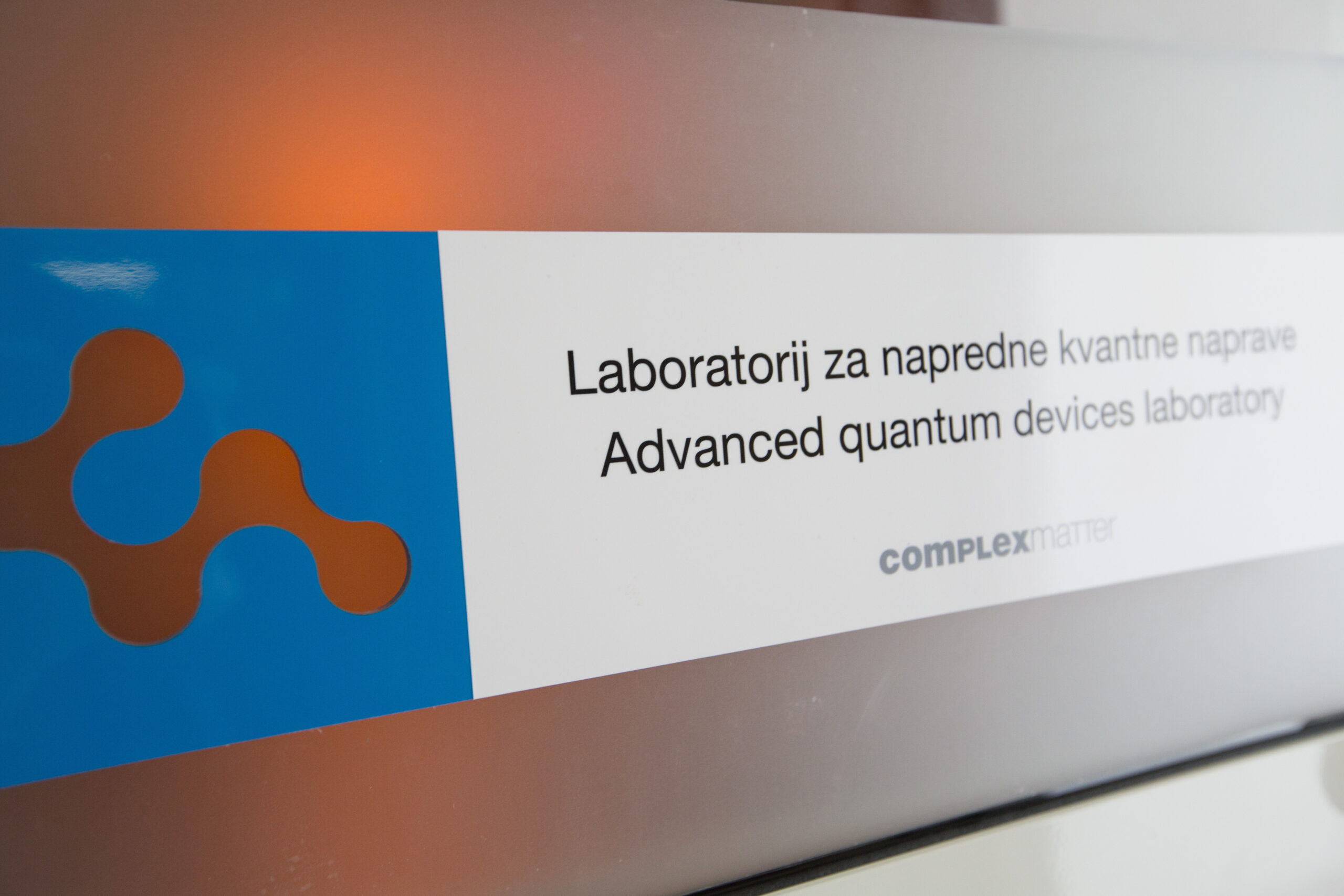Igor Poboiko
We develop a theory of measurement-induced phase transitions (MIPT) for d-dimensional lattice free fermions subject to random projective measurements of local site occupation numbers. Our analytical approach is based on the Keldysh path-integral formalism and replica trick.
In the limit of rare measurements, \gamma << J (where \gamma is measurement rate per site and J is hopping constant), we derive a non-linear sigma model (NLSM) as an effective field theory of the problem. Its replica-symmetric sector is a U(2)/U(1) x U(1) NLSM describing diffusive behavior of average density fluctuations. The replica-asymmetric sector, which describes propagation of quantum information in a system, is a (d+1)-dimensional isotropic NLSM defined on SU(R) manifold with the replica limit R->1, establishing close relation between MIPT and Anderson transitions. On the Gaussian level, valid in the limit \gamma/J -> 0, this model predicts “critical” (i.e. logarithmic enhancement of area law) behavior for the entanglement entropy.
However, one-loop renormalization group analysis shows [1] that for d=1, the logarithmic growth saturates at a finite value ~(J / \gamma)^2 even for rare measurements, implying existence of a single area-law phase. The crossover between logarithmic growth and saturation, however, happens at an exponentially large scale, ln(l_corr)∼J/\gamma, thus making it easy to confuse with a transition in a finite-size system. Furthermore, utilizing \epsilon-expansion, we demonstrate [2] that the “critical” phase is stabilized for d > 1 with a transition to the area-law phase at a finite value of \gamma / J.
The analytical calculations are supported and are in excellent agreement with extensive numerical simulations [1,2] for d=1 and d=2. For d=2 we determine numerically the position of the transition and estimate the value of correlation length critical exponent.
[1] https://arxiv.org/abs/2304.03138 [2] https://arxiv.org/abs/2309.12405
